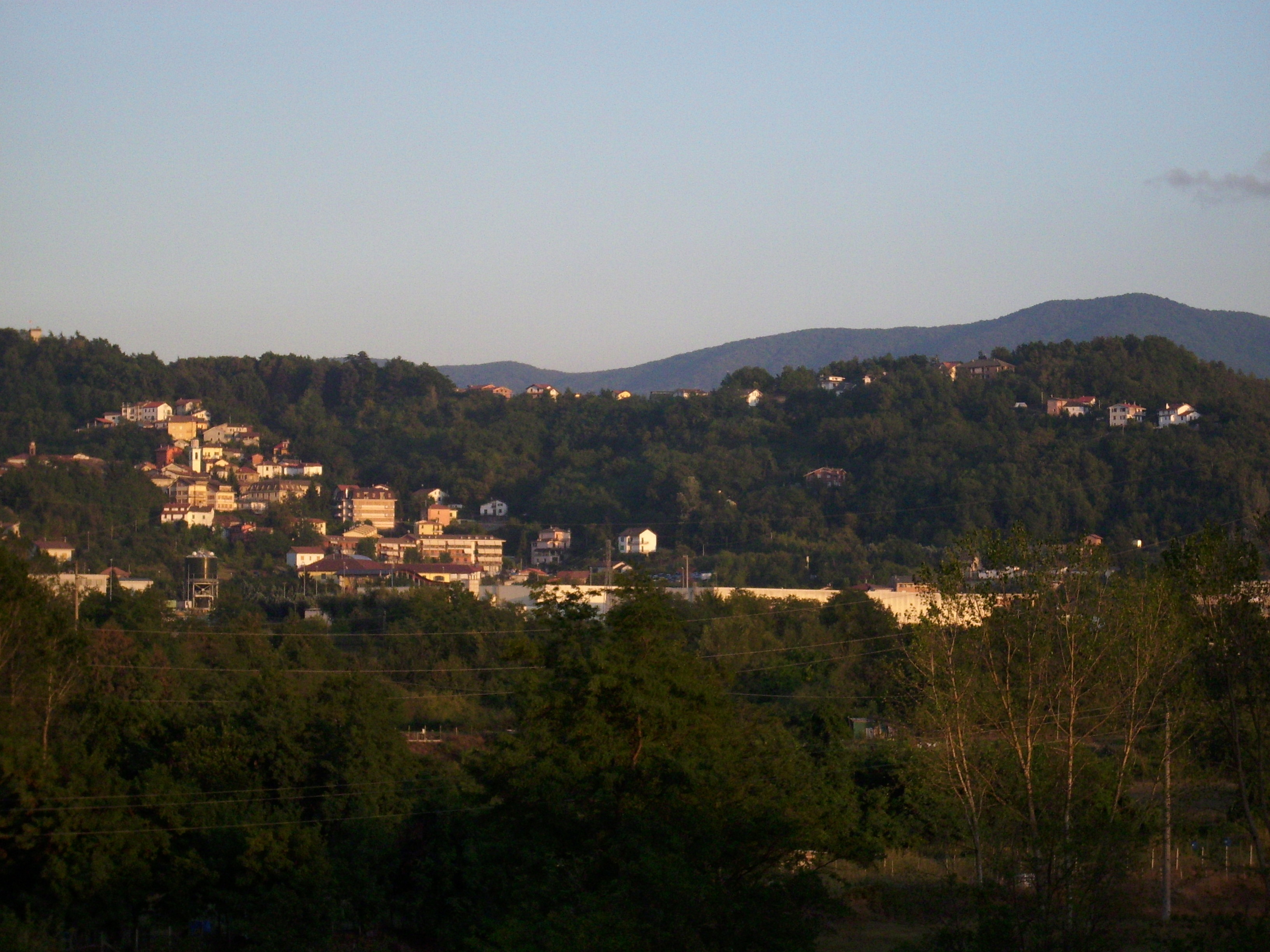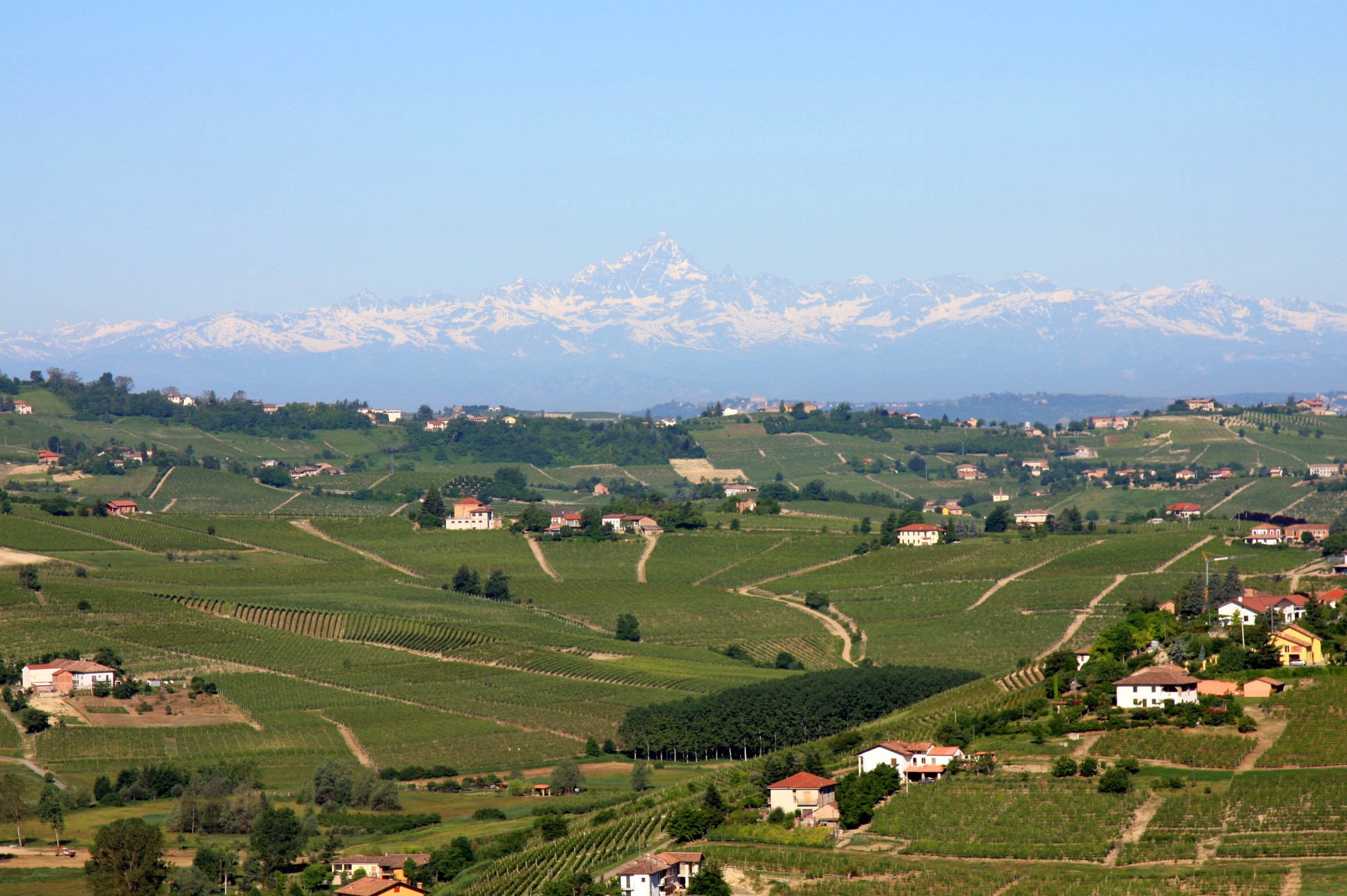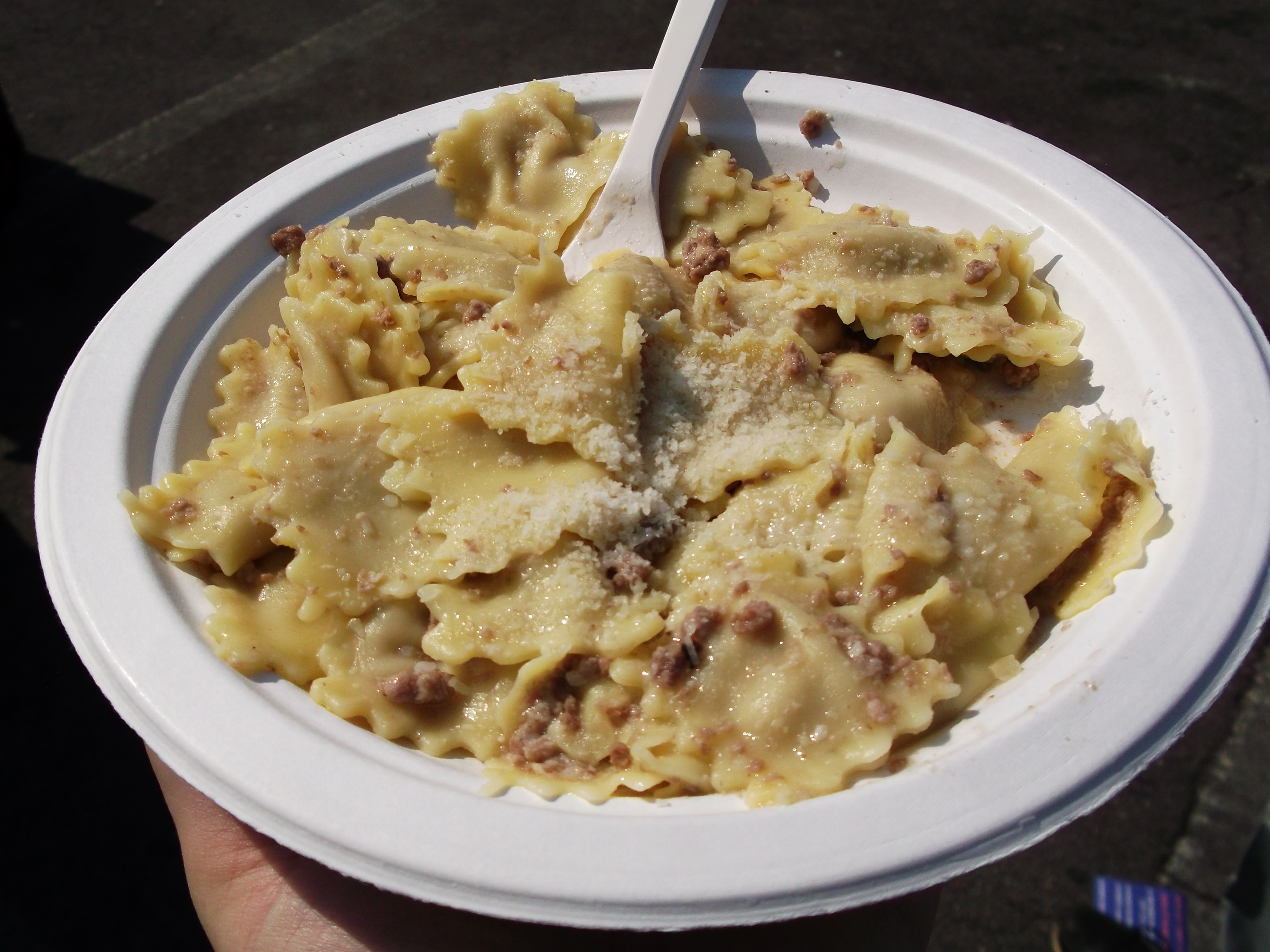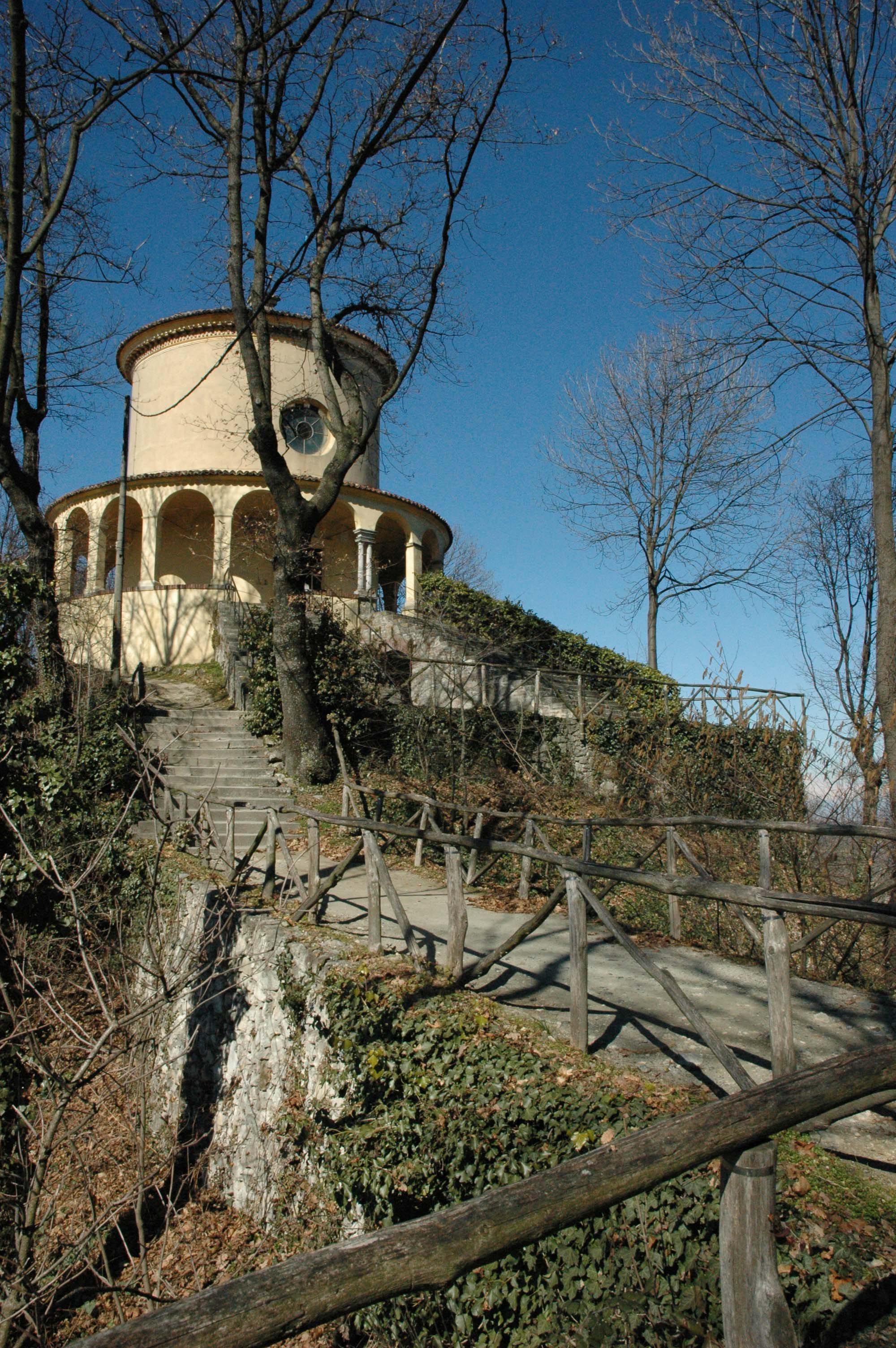Montferrat on:
[Wikipedia]
[Google]
[Amazon]
 Montferrat (, ; it, Monferrato ; pms, Monfrà , locally ; la, Mons Ferratus) is part of the region of
Montferrat (, ; it, Monferrato ; pms, Monfrà , locally ; la, Mons Ferratus) is part of the region of CNN - UNESCO's newest World Heritage sites
/ref>

 Originally a county, it was elevated to a margravate of the
Originally a county, it was elevated to a margravate of the 


 Montferrat can be divided into three main parts:
*Basso Monferrato (low Montferrat) or Casalese is characterized by its soft hills, to the exclusion of the Sacred Mount of Crea (455 m) (Unesco World Heritage), never reach heights of over 400 meters; territorially includes part of the province of Alessandria consisting of the countryside near Casale Monferrato. It is bounded on the north and east by the rivers Po and Tanaro.
*Monferrato Astigiano (Astesan Montferrat): Identifies virtually the entire Province of Asti (with the exception of Langa Astigiana) and is characterized by a hilly conformation and several historic towns such Nizza Monferrato, Cortanze, Cocconato, Montiglio and Canelli. Asti is the geographical heart of this macro-region, bordered on the south by the valley of the river Belbo and west roughly from the path of the stream Versa and whose right side Asti is located. The highest point of the area is the hill of Albugnano of 549 meters above sea level.
*Alto Monferrato (high Montferrat): extending south from the Val Bormida up to lick the foot of the Ligurian region, is bounded to the west by the valley of the Bormida Spigno and east by the western portion of the middle valley Scrivia. The main centre is Acqui Terme.
Montferrat can be divided into three main parts:
*Basso Monferrato (low Montferrat) or Casalese is characterized by its soft hills, to the exclusion of the Sacred Mount of Crea (455 m) (Unesco World Heritage), never reach heights of over 400 meters; territorially includes part of the province of Alessandria consisting of the countryside near Casale Monferrato. It is bounded on the north and east by the rivers Po and Tanaro.
*Monferrato Astigiano (Astesan Montferrat): Identifies virtually the entire Province of Asti (with the exception of Langa Astigiana) and is characterized by a hilly conformation and several historic towns such Nizza Monferrato, Cortanze, Cocconato, Montiglio and Canelli. Asti is the geographical heart of this macro-region, bordered on the south by the valley of the river Belbo and west roughly from the path of the stream Versa and whose right side Asti is located. The highest point of the area is the hill of Albugnano of 549 meters above sea level.
*Alto Monferrato (high Montferrat): extending south from the Val Bormida up to lick the foot of the Ligurian region, is bounded to the west by the valley of the Bormida Spigno and east by the western portion of the middle valley Scrivia. The main centre is Acqui Terme.

 20 million years ago the Alps were formed, in the Mediterranean area was produced a new rising heat from the Earth's mantle which resulted in the buckle and rupture of the European crust from which detached the Sardinian-Course block, the micro Sardinian plate did pin on the Ligurian Gulf executing a counterclockwise rotation of 50° and forming the Ligurian Sea. The sea covered the hill of
20 million years ago the Alps were formed, in the Mediterranean area was produced a new rising heat from the Earth's mantle which resulted in the buckle and rupture of the European crust from which detached the Sardinian-Course block, the micro Sardinian plate did pin on the Ligurian Gulf executing a counterclockwise rotation of 50° and forming the Ligurian Sea. The sea covered the hill of


 Monferrato is one of the most famous Italian wine regions in the world, especially regarding red wines and sparkling wines. The climate is dry continental with hot summers prone to drought and cold winters and the particular hydrogeological soil are favourable for viticulture, which, however, is dominant throughout, making the wine not only an element of economic wealth for the entire region but also a true symbol of the culture and tradition "Monferrina". The widespread dissemination of indigenous grapes and consequently a wide variety of wines, witness them. Among the wines (DOC and
Monferrato is one of the most famous Italian wine regions in the world, especially regarding red wines and sparkling wines. The climate is dry continental with hot summers prone to drought and cold winters and the particular hydrogeological soil are favourable for viticulture, which, however, is dominant throughout, making the wine not only an element of economic wealth for the entire region but also a true symbol of the culture and tradition "Monferrina". The widespread dissemination of indigenous grapes and consequently a wide variety of wines, witness them. Among the wines (DOC and

 Artists active in the Montferrat include Gian Martino Spanzotti of Casale and Andrea Pozzo, Renaissance painter and architect active in the 17th century, the painter Pier Francesco Guala; Macrino d'Alba, a contemporary of Spanzotti, whose works are in private and public collections in the United States and Turin. His most important works can, however, identify a triptych housed in the castle of Camino, a ''Madonna Enthroned'' kept in the Sanctuary of the
Artists active in the Montferrat include Gian Martino Spanzotti of Casale and Andrea Pozzo, Renaissance painter and architect active in the 17th century, the painter Pier Francesco Guala; Macrino d'Alba, a contemporary of Spanzotti, whose works are in private and public collections in the United States and Turin. His most important works can, however, identify a triptych housed in the castle of Camino, a ''Madonna Enthroned'' kept in the Sanctuary of the

Official web site for European Sacred MountsMoney in the Montferrat from Medieval to Modern Times (italian/english)
Monferrato Expo 2015Basso Monferrato Tourist BoardAlto Monferrato Tourist BoardMonferrato's winesSacro Monte di CreaCommunities of hills between Langhe and MonferratoMonferratoArte
A historical and bibliographical directory of artists active in the extra-urban Churches of the Diocese of Casale Monferrato.
Official UNESCO photo selectionComplete UNESCO photo gallery before selection
{{Authority control Monferrato Wine regions of Italy Vineyard Landscape of Piedmont: Langhe-Roero and Monferrato
Piedmont
it, Piemontese
, population_note =
, population_blank1_title =
, population_blank1 =
, demographics_type1 =
, demographics1_footnotes =
, demographics1_title1 =
, demographics1_info1 =
, demographics1_title2 ...
in northern Italy
Italy ( it, Italia ), officially the Italian Republic, ) or the Republic of Italy, is a country in Southern Europe. It is located in the middle of the Mediterranean Sea, and its territory largely coincides with the homonymous geographical ...
. It comprises roughly (and its extent has varied over time) the modern provinces of Alessandria and Asti. Montferrat is one of the most important wine districts of Italy. It also has a strong literary tradition, including the 18th century Asti-born poet and dramatist Vittorio Alfieri and the Alessandrian Umberto Eco.
The territory is cut in two by the river Tanaro. The northern part (the Basso Monferrato, "Low Montferrat"), which lies between that river and the Po, is an area of rolling hills and plains. The southern part (the Alto Monferrato, "High Montferrat") rises from the banks of the Tanaro into the mountains of the Apennines and the water divide between Piedmont and Liguria
Liguria (; lij, Ligûria ; french: Ligurie) is a Regions of Italy, region of north-western Italy; its Capital city, capital is Genoa. Its territory is crossed by the Alps and the Apennine Mountains, Apennines Mountain chain, mountain range and is ...
.
On 22 June 2014, Montferrat was declared a UNESCO World Heritage Site./ref>
History
Holy Roman Empire
The Holy Roman Empire was a political entity in Western, Central, and Southern Europe that developed during the Early Middle Ages and continued until its dissolution in 1806 during the Napoleonic Wars.
From the accession of Otto I in 962 ...
under Count Aleramo Aleramo is a surname. Notable people with the surname include:
*Aleramo, Marquess of Montferrat Aleram ( it, Aleramo; died 991) was the first Marquis of Montferrat and Liguria (the ''marca Aleramica'') in Northern Italy until his death. He was son ...
in 961, following the transition of power in Northern Italy from Berengar of Ivrea to Otto I of Germany
Otto I (23 November 912 – 7 May 973), traditionally known as Otto the Great (german: Otto der Große, it, Ottone il Grande), was East Frankish king from 936 and Holy Roman Emperor from 962 until his death in 973. He was the oldest son of Henr ...
. Its ''marchesi'' (marquesses) and their family members were related to the Kings of France and the Holy Roman Emperors. Members of the family participated frequently in the Crusades
The Crusades were a series of religious wars initiated, supported, and sometimes directed by the Latin Church in the medieval period. The best known of these Crusades are those to the Holy Land in the period between 1095 and 1291 that were ...
, and intermarried with the royal family of Jerusalem
Jerusalem (; he, יְרוּשָׁלַיִם ; ar, القُدس ) (combining the Biblical and common usage Arabic names); grc, Ἱερουσαλήμ/Ἰεροσόλυμα, Hierousalḗm/Hierosóluma; hy, Երուսաղեմ, Erusałēm. i ...
and the Byzantine
The Byzantine Empire, also referred to as the Eastern Roman Empire or Byzantium, was the continuation of the Roman Empire primarily in its eastern provinces during Late Antiquity and the Middle Ages, when its capital city was Constantin ...
Imperial families of Comnenus, Angelus and Palaeologus. The March of Montferrat was briefly controlled by Spain
, image_flag = Bandera de España.svg
, image_coat = Escudo de España (mazonado).svg
, national_motto = '' Plus ultra'' ( Latin)(English: "Further Beyond")
, national_anthem = (English: "Royal March")
, ...
(1533–1536) before it passed to the Gonzaga
Gonzaga may refer to:
Places
* Gonzaga, Lombardy, commune in the province of Mantua, Italy
* Gonzaga, Cagayan, municipality in the Philippines
*Gonzaga, Minas Gerais, town in Brazil
*Forte Gonzaga, fort in Messina, Sicily
People with the surna ...
Dukes of Mantua
During its history as independent entity, Mantua had different rulers who governed on the city and the lands of Mantua from the Middle Ages to the early modern period.
From 970 to 1115, the Counts of Mantua were members of the House of Canoss ...
(1536–1708). In 1574, Montferrat was raised to a Duchy by Maximilian II, Holy Roman Emperor. With the War of the Mantuan Succession (1628–1631) a piece of the duchy passed to the Duchy of Savoy, the remainder passing to Savoy in 1708, as Leopold I, Holy Roman Emperor gained possession of the Gonzaga territory. The next heir of the House of Gonzaga
)
, type = Noble house
, country =
, estates = Ducal Palace (Mantua)Ducal Palace ( Nevers)
, titles =
* Prince of Arches
* Duke of Montferrat
* Duke of Mantua
* Duke of Guastalla
* Duke of Nevers
* ...
was later compensated by giving Duchy of Teschen in Silesia
Silesia (, also , ) is a historical region of Central Europe that lies mostly within Poland, with small parts in the Czech Republic and Germany. Its area is approximately , and the population is estimated at around 8,000,000. Silesia is spli ...
to them.

Etymology
There are various interpretations and assumptions concerning the etymology of ''Montferrat'', but to date none are certain. There are many opinions, with Aldo Ricaldone stating the name was derived from "Mount" and — a variety of wheat. Another claim is that it comes from the Latin meaning "fertile and rich mountain". Still another refers to the irons (Latin ) left by the Romans in their conquest, . Finally, an interpretation derived from a legend according to which Aleramo of Montferrat, the legendary founder of its march, wanting to shoe a horse, and not finding a hammer, used a brick ( in the local dialect of Piedmontese), and thereby the horse was shod (, deriving from the same mentioned above), hence the name yielding ''Montferrat''.Geography

Geology

 20 million years ago the Alps were formed, in the Mediterranean area was produced a new rising heat from the Earth's mantle which resulted in the buckle and rupture of the European crust from which detached the Sardinian-Course block, the micro Sardinian plate did pin on the Ligurian Gulf executing a counterclockwise rotation of 50° and forming the Ligurian Sea. The sea covered the hill of
20 million years ago the Alps were formed, in the Mediterranean area was produced a new rising heat from the Earth's mantle which resulted in the buckle and rupture of the European crust from which detached the Sardinian-Course block, the micro Sardinian plate did pin on the Ligurian Gulf executing a counterclockwise rotation of 50° and forming the Ligurian Sea. The sea covered the hill of Turin
Turin ( , Piedmontese: ; it, Torino ) is a city and an important business and cultural centre in Northern Italy. It is the capital city of Piedmont and of the Metropolitan City of Turin, and was the first Italian capital from 1861 to 1865. Th ...
, the Langhe, Montferrat and the Po Valley. The rotation of the Corsica-Sardinia block opposed by the African block produced a pressure that gave rise to the Apennines. 8 million years ago to the east of the Corsica-Sardinia block opened a wide north–south divide that separated the Italian peninsula from Corsica and Sardinia, this gap widened to become the Tyrrhenian Sea. In the period from 7 to 5 million years ago, the Mediterranean Sea was closed and remained isolated from the Atlantic Ocean. This resulted in the increase of the temperature of the water that turned the Mediterranean into a low-salt lake with many areas dried up, this condition lasted for several hundreds of thousands of years was deposited sediment type saline evaporites. Subsequently, the Mediterranean Sea was opened, and the ocean water began to circulate between the Alps and the Apennines had formed a triangular gulf that covered the entire Po Valley. Due to the continuous lifting of the Alps and the Apennines to the sea withdrew from this gulf and the accumulation of sediments carried by the rivers gave rise to a flood plain which corresponds to the Po Valley. The marine deposits of this period are visible in the area of Asti.
Economy


 Monferrato is one of the most famous Italian wine regions in the world, especially regarding red wines and sparkling wines. The climate is dry continental with hot summers prone to drought and cold winters and the particular hydrogeological soil are favourable for viticulture, which, however, is dominant throughout, making the wine not only an element of economic wealth for the entire region but also a true symbol of the culture and tradition "Monferrina". The widespread dissemination of indigenous grapes and consequently a wide variety of wines, witness them. Among the wines (DOC and
Monferrato is one of the most famous Italian wine regions in the world, especially regarding red wines and sparkling wines. The climate is dry continental with hot summers prone to drought and cold winters and the particular hydrogeological soil are favourable for viticulture, which, however, is dominant throughout, making the wine not only an element of economic wealth for the entire region but also a true symbol of the culture and tradition "Monferrina". The widespread dissemination of indigenous grapes and consequently a wide variety of wines, witness them. Among the wines (DOC and DOCG
The following four classifications of wine constitute the Italian system of labelling and legally protecting Italian wine:
* ''Denominazione di origine'' (DO, rarely used; ; English: “designation of origin”),
* ''Indicazione geografica t ...
), the most famous are Barbera d'Asti, Asti spumante
{{Infobox wine region
, name = Asti
, official name =
, other name =
, image = Asti wine.jpg
, imagealt =
, caption = A glass of Asti
, type = DOCG
, year = 1967 (D ...
, Moscato d'Asti, Cortese, Malvasia, and Grignolino.
The Monferrato, together with Alba, is also known for the production of truffles; there are many fairs in this trade, for example, the regional fair of truffles held in Montechiaro d'Asti.
Viticulture
DOC andDOCG
The following four classifications of wine constitute the Italian system of labelling and legally protecting Italian wine:
* ''Denominazione di origine'' (DO, rarely used; ; English: “designation of origin”),
* ''Indicazione geografica t ...
wines produced in this area include:
Reds
* Barbera d'Asti *Barbera d'Asti Superiore
Barbera d'Asti is an Italian red wine made from the Barbera grape. It is produced in the hilly areas of the provinces of Asti (67 municipalities) and Alexandria (51 municipalities). Barbera d'Asti was accredited with DOC status in 1970, and DOC ...
* Nizza DOCG (from Barbera
Barbera is a red Italian wine grape variety that, as of 2000, was the third most-planted red grape variety in Italy (after Sangiovese and Montepulciano). It produces good yields and is known for deep color, full body, low tannins and high le ...
grapes)
*Barbera del Monferrato
Barbera is a red Italian wine grape variety that, as of 2000, was the third most-planted red grape variety in Italy (after Sangiovese and Montepulciano). It produces good yields and is known for deep color, full body, low tannins and high levels ...
*Monferrato Rosso
Montferrat (, ; it, Monferrato ; pms, Monfrà , locally ; la, Mons Ferratus) is part of the region of Piedmont in northern Italy. It comprises roughly (and its extent has varied over time) the modern provinces of Alessandria and Asti. Mon ...
* Ruché
*Albugnano (from Nebbiolo grapes)
*Dolcetto d’Asti
Dolcetto ( , , ) is a black Italian wine grape variety widely grown in the Piedmont region of northwest Italy. The Italian word ''dolcetto'' means "little sweet one", but it is not certain that the name originally carried any reference to t ...
*Freisa d’Asti
Freisa is a red Italian wine grape variety grown in the Piedmont region of north-west Italy, primarily in Monferrato and in the Langhe, but also further north in the provinces of Turin and Biella. Freisa is a vigorous and productive vine whos ...
* Grignolino
* Malvasia di Casorzo
*Malvasia di Castelnuovo Don Bosco
Malvasia di Castelnuovo Don Bosco is a sweet, sparkling, red or rosé DOC dessert wine produced in the Italian province of Asti from the Malvasia di Schierano grape variety with the optional addition of up to 15% Freisa.
The wine is cherry red ...
* Dolcetto di Ovada
Whites
* Moscato d'Asti *Asti Spumante
{{Infobox wine region
, name = Asti
, official name =
, other name =
, image = Asti wine.jpg
, imagealt =
, caption = A glass of Asti
, type = DOCG
, year = 1967 (D ...
*Cortese dell’Alto Monferrato (from Cortese grape)
*Loazzolo (wine)
Piemonte wine is the range of Italian wines made in the region of Piedmont in the northwestern corner of Italy.
The best-known wines from the region include Barolo and Barbaresco. They are made from the Nebbiolo grape. These wines are ideal fo ...
Culture

Cuisine
The traditional cuisine of Montferrat, in addition to the award-winning wines, includes a wide variety of foods ranging from meat, fish, vegetables, and cheeses. Typical Monferrato dishes, which have now achieved a reputation not only nationally but also internationally include, among the first courses, agnolotti "al plin" (literally "pinched"), "Tajarin" (noodles for rich eggs seasoned with various sauces), risotto of Casale, rice with mushrooms and red wine, vegetable soups, polenta with fried cod or "loan". Worthy of mention and especially well known is Bagna càuda. Among the meats: tripe, paws (batciuà), chickpeas with head, oxtail (now cooked with Barbera) and the cooked sausage.Literature
In the second half of the 15th century stands in the field of dialect literature Gian Giorgio Allioni of Asti, poet, playwright and writer who knowing poetry in French and Italian, wrote several farces in dialect, expressing "an Astezan" and providing a vivid picture of customs and life of the period and the Italian theatre of the 16th century, often steeped in satire and mockery. It was not until the 18th century to find two other versifiers Monferrato dialect that is the prior Incisa and Captain Joseph Stefano della Rocca, while in more recent times and in the 19th century that stands out the most famous Angelo Brofferio, politician, journalist and deputy linked to the Risorgimento, who wrote songs in dialect, plays and works of history.Art
Sacro Monte di Crea
The Sacro Monte di Crea (literally "Sacred Mountain of Crea", although it is built on a hill rather than a mountain) is a Roman Catholic sanctuary in the '' comune'' of Serralunga di Crea, Piedmont, northern Italy. It is reached via a steeply ...
, another ''Madonna'' in the church of St. John the Baptist to Alba and a ''Marriage of St. Catherine'' that adorns the church of Neviglie in the Langhe. Guglielmo Caccia, nicknamed "The Moncalvo", executed works such as a "Redeemer" statue from Museum of Asti and "Resurrection" in the cathedral; several of his paintings can be found in the parishes of Grazzano Badoglio, Villadeati, Casale Monferrato, San Salvatore Monferrato, Moncalvo and Castagnito.
Architecture
The architecture flourished in Montferrat from the year 1000 onwards and is clearly visible in the numerous buildings, churches, castles and palaces of various periods many of which are still well preserved. Architecture was influenced by current Romanesque, Gothic and Renaissance trends, before becoming, from the 17th century onwards, a current of Piedmontese Baroque. Architects who worked in Montferrat include Benedetto Alfieri (1707-1767) of Asti, considered the successor to Filippo Juvarra, and Francesco Gallo (1672-1750) of Mondovì, as well asFrancesco Ottavio Magnocavalli
Francesco Ottavio Magnocavalli, also spelled Magnocavallo (1707–1789) was an Italian architect and writer.
Born in Casale Monferrato to Ippolito, count of Varengo (today part of the ''commune'' of Gabiano) and the countess Veronica Pico Pastr ...
, born in Casale Monferrato.

Sacred Mount of Crea
The Sacred Mountain of Crea (Italian: ''Sacro Monte di Crea'') is aRoman Catholic
Roman or Romans most often refers to:
*Rome, the capital city of Italy
*Ancient Rome, Roman civilization from 8th century BC to 5th century AD
*Roman people, the people of ancient Rome
*''Epistle to the Romans'', shortened to ''Romans'', a letter ...
sanctuary in the ''comune
The (; plural: ) is a local administrative division of Italy, roughly equivalent to a township or municipality. It is the third-level administrative division of Italy, after regions ('' regioni'') and provinces ('' province''). The can ...
'' of Serralunga di Crea (Montferrat), near Alessandria. It is one of the nine Sacri Monti of Piedmont and Lombardy, included in UNESCO World Heritage list.
Its construction was begun in 1589, around a former Sanctuary of St. Mary whose creation is traditionally attributed to St. Eusebius, who first Christianized the site around 350 AD.
See also
* Rulers of Montferrat, for a full list of marquesses and dukes * March of Montferrat *Duchy of Montferrat
The Duchy of Montferrat was a state located in Northern Italy. It was created out of what was left of the medieval March of Montferrat after the last Palaeologus heir had died (1533) and the margraviate had been briefly controlled by the Emperor ...
*Iudiciaria Torrensis The ''iudiciaria Torrensis'', also known as ''fines Torrenses'', ''comitatus Toresianus'' or ''Torresana'',Aldo A. Settia, ''‘Castrum Turris’, il colle di S. Lorenzo e i Longobardi in Monferrato'', distributed in digital format by Reti Medievali ...
References
Sources
Official web site for European Sacred Mounts
External links
Monferrato Expo 2015
A historical and bibliographical directory of artists active in the extra-urban Churches of the Diocese of Casale Monferrato.
Official UNESCO photo selection
{{Authority control Monferrato Wine regions of Italy Vineyard Landscape of Piedmont: Langhe-Roero and Monferrato